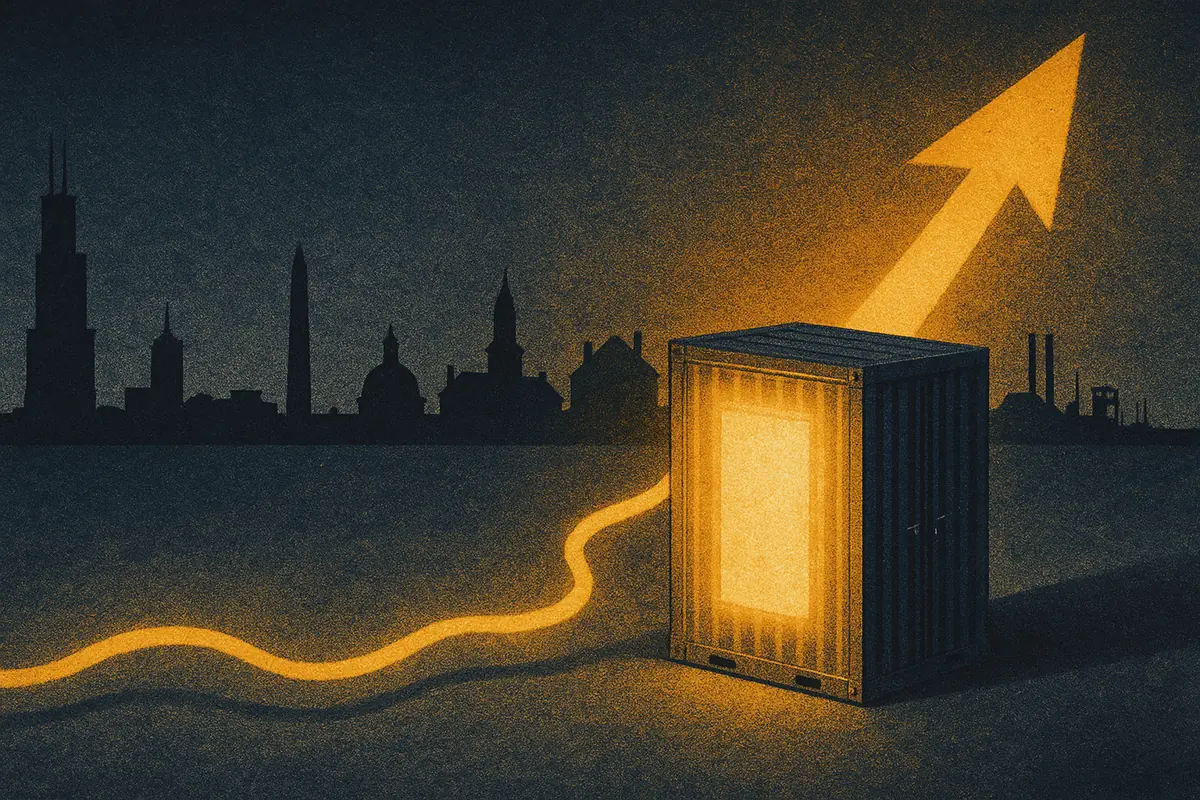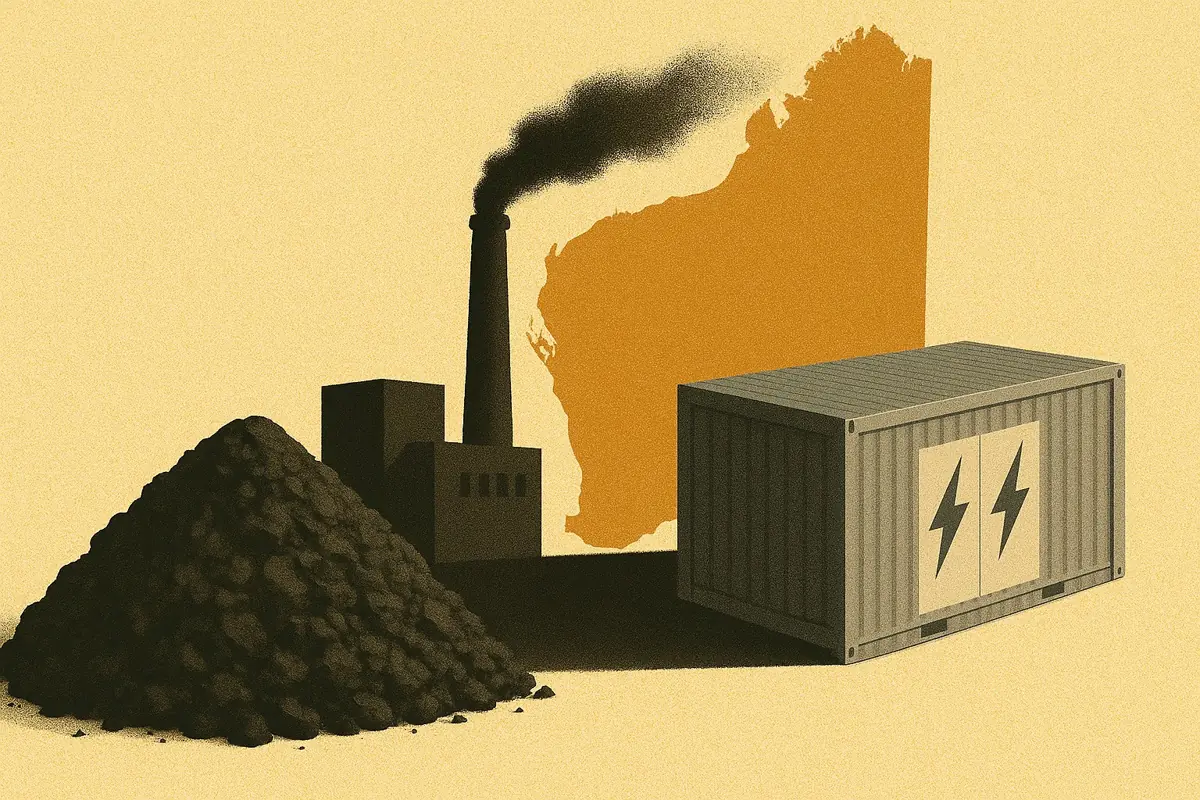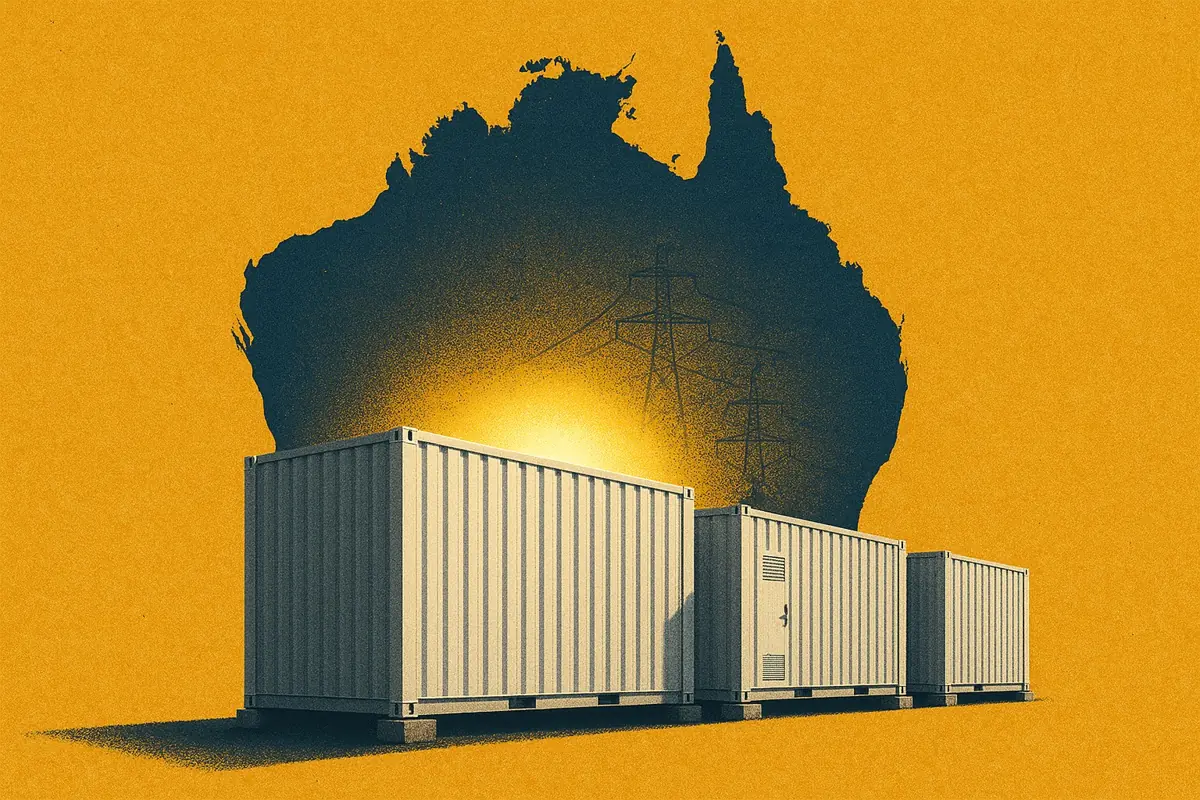Grid connections reform November 2024: What does it mean for BESS development?
Grid connections reform November 2024: What does it mean for BESS development?
Executive Summary
- NESO’s latest grid connection reform moves to a "first ready and needed, first connected" model, prioritizing projects aligned with Clean Power 2030.
- 144 GW of battery projects have transmission queue dates through 2038, but only 27 GW are needed by 2030 under CP30’s Further Flex & Renewables Pathway.
- Developers may need to pay a £20k/MW commitment fee to secure a connection, increasing upfront costs but aiming to reduce speculative applications.
Subscribers to Modo Energy’s Research will also find out:
- How the new Gate 2 assessment process will determine which projects secure priority connections.
- The risks of project delays and queue removals under NESO’s evolving zonal sub-queue structure.
- Why grid reform could bring long-term efficiency but create short-term uncertainty for battery developers.
To get full access to Modo Energy’s Research, book a call with a member of the team today.
Introduction
Ofgem reported 732 GW of projects in the grid connection queue in November 2024, across all technology types. This means the queue has almost twice the installed capacity required in Great Britain by 2050, based on the Future Energy Scenarios (FES) 2024 Holistic Transition Pathway.
On November 5th, 2024, NESO released its (TMO4+). The new TMO4+ proposals move from the “first ready, first connected” approach to a “first ready , first connected” approach. The major change is the inclusion of alignment with the .
Already a subscriber?
Log in







